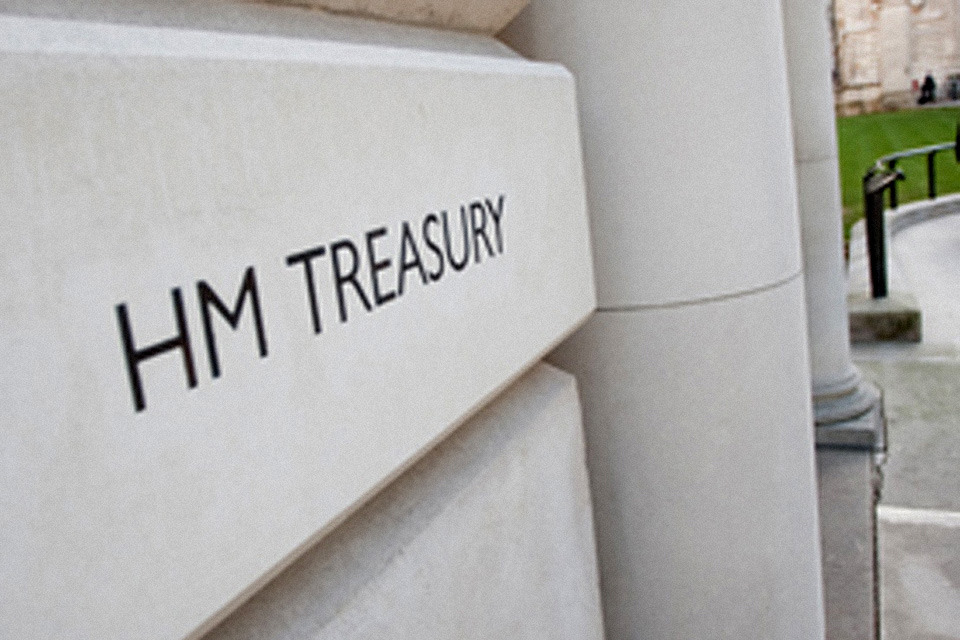Pension megafunds could unlock £80 billion of investment as Chancellor takes radical action to drive economic growth

- by Admin
- November 13, 2024

- Changes could unlock around £80 billion of investment for infrastructure projects and businesses of the future
- Local Government Pension Scheme changes will free up money for local public services in the long-term and secure more than £20 billion for investment in local communities
Pension megafunds will be created as part of the biggest set of pension reforms in decades, unlocking billions of pounds of investment in exciting new businesses and infrastructure and local projects.
After her inaugural Budget that fixed the foundations to deliver stability, Rachel Reeves will use her first Mansion House speech as Chancellor to announce bold action to tackle the fragmented pensions landscape, deliver investment and drive economic growth – which is the only way to make people better off.
The radical reforms, which will be introduced through a new Pension Schemes Bill next year, will create megafunds through consolidating defined contribution schemes and pooling assets from the 86 separate Local Government Pension Scheme authorities.
These megafunds mirror set-ups in Australia and Canada, where pension funds take advantage of size to invest in assets that have higher growth potential, which could deliver around £80 billion of investment in exciting new businesses and critical infrastructure while boosting defined contribution savers’ pension pots.
Chancellor of the Exchequer, Rachel Reeves said:
Last month’s Budget fixed the foundations to restore economic stability and put our public services on a firmer footing. Now we’re going for growth.
That starts with the biggest set of reforms to the pensions market in decades to unlock tens of billions of pounds of investment in business and infrastructure, boost people’s savings in retirement and drive economic growth so we can make every part of Britain better off.
Deputy Prime Minister, Angela Rayner said:
We’ve all seen the fantastic work carried out day in, day out, by our frontline workers and it’s about time their pension started working just as hard by driving investment in their communities.
This is about harnessing the untapped potential of the pensions belonging to millions of people, and using it as a force for good in boosting our economy.
Pensions Minister, Emma Reynolds said:
Harnessing the power of this multi-billion-pound industry is a win-win, benefiting future pensioners, and our wider economy.
These reforms could unlock £80 billion of investment into exciting new businesses and critical infrastructure.
The UK pension system is one of the largest in the world – with the Local Government Pension Scheme and Defined Contribution market set to manage £1.3 trillion in assets by the end of the decade. However, our pension landscape is fragmented and lacks the size needed to invest in exciting new businesses or expensive projects like infrastructure.
The government’s analysis – published today in the interim report of the Pensions Investment Review at Mansion House – shows that pension funds begin to return much greater productive investment levels once the size of assets they manage reaches between £25-50 billion. At this point they are better placed to invest in a wider range of assets, such as exciting new businesses and expensive infrastructure projects. Even larger pensions funds of greater than £50 billion in assets can harness further benefits including the ability to invest directly in large scale projects such as infrastructure at lower cost.
This is supported by evidence from Canada and Australia. Canada’s pension schemes invest around four times more in infrastructure, while Australia pension schemes invest around three times more in infrastructure and 10 times more in private equity, such as businesses, compared to Defined Contribution schemes in the UK. Benchmarking against domestic and international examples show how consolidation of the Local Government Pension Scheme and defined contribution schemes into megafunds could unlock around £80 billion of investment in productive investments like infrastructure and fast-growing companies.
The government is therefore consulting on proposals to take advantage of pension fund size and improve their governance.
Local Government Pension Scheme
The Local Government Pension Scheme in England and Wales will manage assets worth around £500 billion by 2030. These assets are currently split across 86 different administering authorities, managing assets between £300 million and £30 billion, with local government officials and councillors managing each fund.
Consolidating the assets into a handful of megafunds run by professional fund managers will allow them to invest more in assets like infrastructure, supporting economic growth and local investment on behalf of the 6.7 million public servants – most of whom are low-paid women – whose savings are managed.
These megafunds will need to meet rigorous standards to ensure they deliver for savers, such as needing to be authorised by the Financial Conduct Authority. Governance of the Local Government Pension Scheme will also be overhauled to deliver better value from investment decisions, which independent research suggests could free up money in the long-term to support local public services.
Local economies will be boosted by the changes as each Administering Authority will be required to specify a target for the pool’s investment in their local economy, working in partnership with Local and Mayoral Combined Authorities to identify the best opportunities to support local growth. If each Administering Authority were to set a 5% target, that would secure £20 billion of investment in local communities.
A new independent review process will be established to ensure each of the 86 Administering Authorities is fit for purpose.
Defined contribution schemes
Defined contribution pension schemes are set to manage £800 billion worth of assets by the end of the decade.
There are currently around 60 different multi-employer schemes, each investing savers’ money into one or more funds. The Government will consult on setting a minimum size requirement for these funds to ensure they deliver on their investment potential.
The government will also consult on measures to facilitate this consolidation into megafunds, including legislating to allow fund managers to more easily move savers from underperforming schemes to ones that deliver higher returns for them.
The Latest News
-
December 21, 2024Inside Britain’s saddest shopping centre: Town centre mall empty just DAYS before Christmas as depressed locals say ‘it’s a disgrace’
-
December 21, 2024High street giants plot new warning to Treasury over retail jobs
-
December 21, 2024Travel news live: Traffic chaos to hit Christmas getaway as weather warnings issued
-
December 21, 2024Daily horoscope: December 21, 2024 astrological predictions for your star sign
-
December 20, 2024Telemark Sprint World Cup: Jasmin Taylor wins gold for Great Britain





